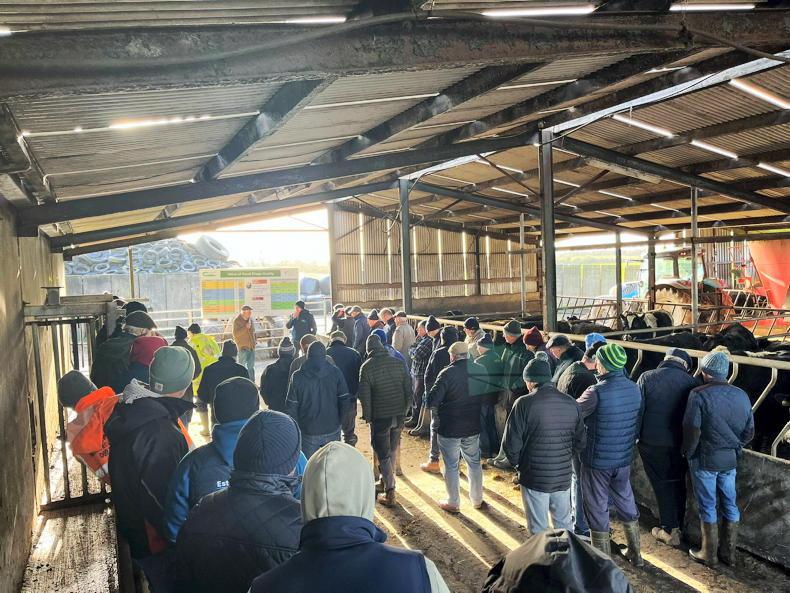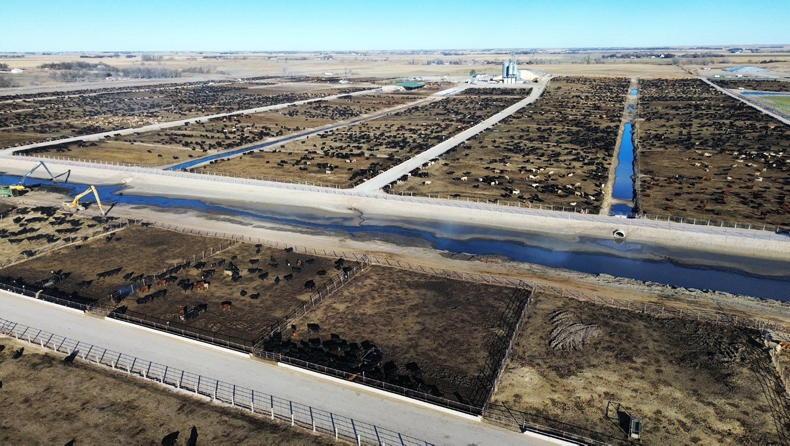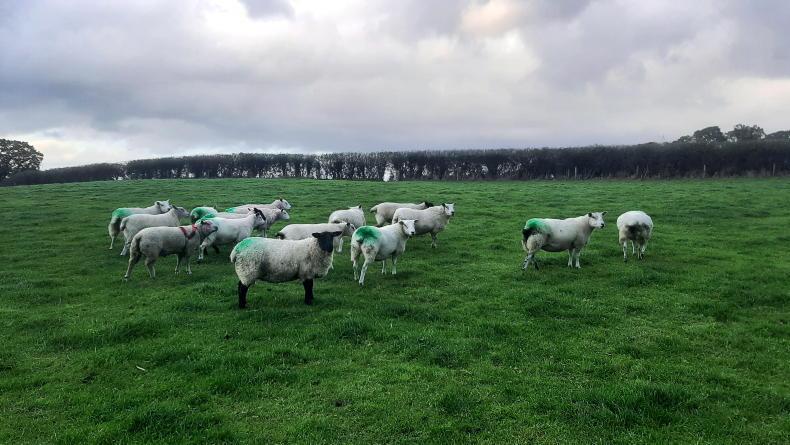Dairy beef calf numbers will hit 1m over the next “two to three” years, up over 40% from the current 700,000 born annually, the head of Teagasc’s livestock systems department Padraig French has said.
French said the rise in dairy beef calves is going to see them become a “very significant, sizeable portion of the beef industry”.
“Today over 60% of the beef cattle coming through are coming from the dairy herd where if you go back 10 years ago, over 60% were coming from the suckler herd. We’ve seen that big shift – the suckler herd has declined and the dairy herd has expanded,” he added.
The Teagasc representative was speaking at a Guild of Agricultural Journalists of Ireland farm walk at the ABP dairy beef demonstration farm in Carlow last week.
Sexed semen
French went on to explain that dairy expansion saw the number of dairy beef calves grow from about 400,000 in 2010 to 700,000 today, something he said remains “growing very fast”.
“The other thing that’s happening over the last year and is going to grow a lot more this year and the year after, is the use of sexed semen. Last year, just over 100,000 doses of sexed semen were used and this year probably 300,000 doses of sexed semen [will be used],” he said.
Emissions
The Teagasc representative warned that as dairy beef production grows, its emissions must be curtailed.
“The only way we can contain the emissions out of it is to try and reduce the age that we’re slaughtering these animals at.
“For farmer profitability, that has to be done from a forage-based system, from grass and grass silage. It has to have the right genetics, the right animal health and the forage quality to get there,” French said.
Meanwhile, larger beef producing countries are also seeing dairy beef calf numbers grow.
There has been a dramatic shift in US beef production over the last decade due to sexed semen use and drought, says University of Minnesota professor of dairy cattle genetics Dr Les Hansen.
Dr Hansen told farmers at an Irish Rare Breed Society (IRBS) conference on Friday that as western US states have suffered drought over recent years, the suckler beef herd has reduced significantly. He said that off the back of this supply gap, dairy beef is now “filling the beef market very nicely”.
Sexed semen
With over half of the US’s dairy cows now in herds of over 1,000, the “vast majority” of farmers are breeding replacement heifers and only some first-lactation cows to dairy sexed semen.
“Everything else gets bred to beef. Generally, the Jersey will be bred to the Limousin and the Holstein will be bred to Angus to supply that beef market,” he explained.
Dr Hansen said there has also been a “major rejection of the packing plants of the pure Holstein steers” due to their big frame and poor conformation.










SHARING OPTIONS